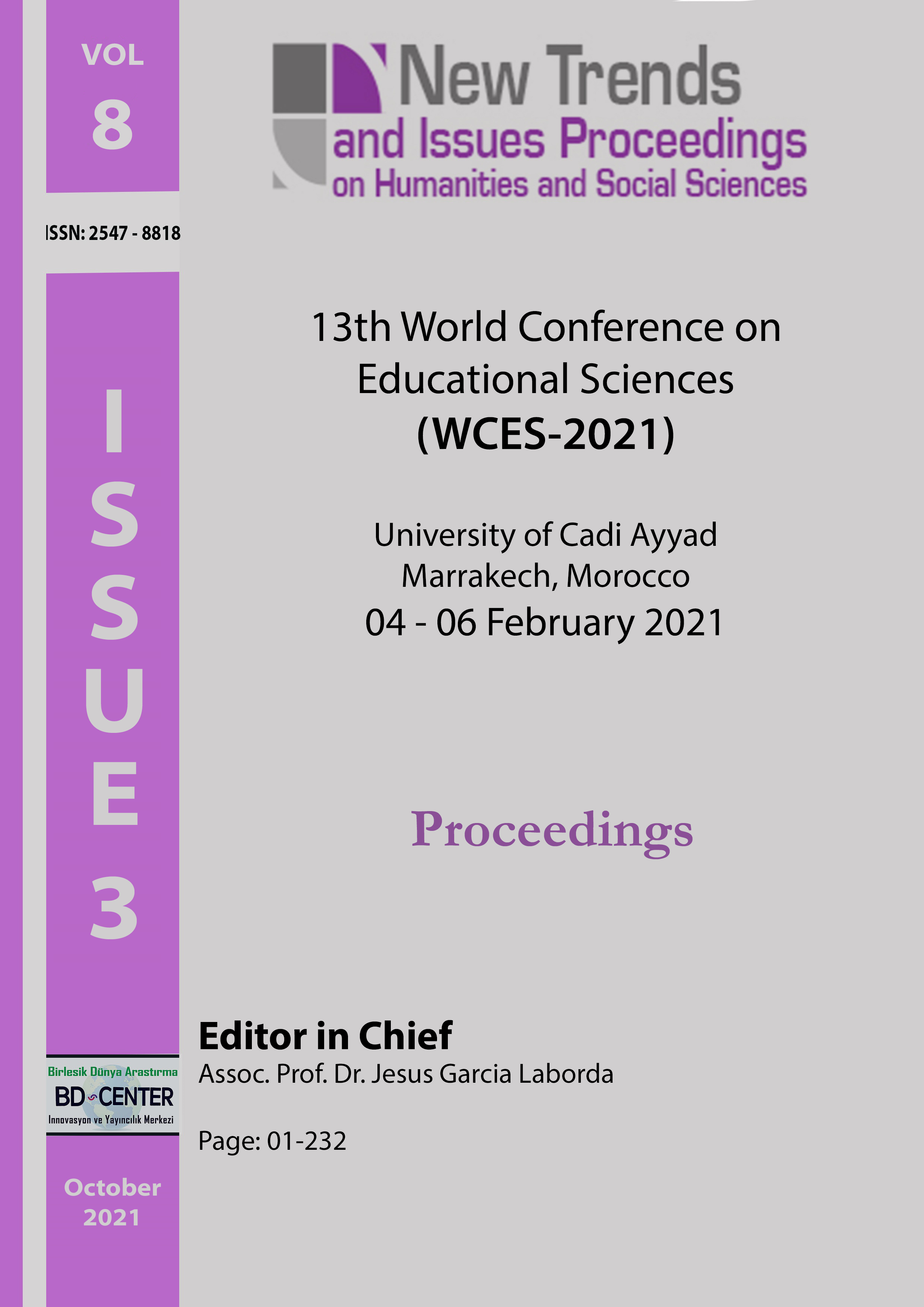The effectiveness of educational structural factors and text design on students’ reading comprehension
Main Article Content
Abstract
The purpose of this study is to investigate and compare the effectiveness of educational variables in the scientific text on the reading comprehension of Islamic Azad University students. The sample group consisted of students studying in the East Tehran branch, 360 of whom were selected by random sampling. To make the text, a raw text unfamiliar and unrelated to the subjects of the students was used, and then, according to the objectives of the project, educational variables were used for each project. One-way analysis of variance was used to analyze the data. The findings of this study did not confirm the effectiveness of text type on students' reading comprehension. The result was not in line with previous findings and research. The study recommends that people dealing with psychology and education should have a clear understanding of the learning process
Keywords: Text, educational variable, reading comprehension, text organization, university students
Downloads
Article Details

This work is licensed under a Creative Commons Attribution 4.0 International License.
Authors who publish with this journal agree to the following terms:- Authors retain copyright and grant the journal right of first publication with the work simultaneously licensed under a Creative Commons Attribution License that allows others to share the work with an acknowledgement of the work's authorship and initial publication in this journal.
- Authors are able to enter into separate, additional contractual arrangements for the non-exclusive distribution of the journal's published version of the work (e.g., post it to an institutional repository or publish it in a book), with an acknowledgement of its initial publication in this journal.
- Authors are permitted and encouraged to post their work online (e.g., in institutional repositories or on their website) prior to and during the submission process, as it can lead to productive exchanges, as well as earlier and greater citation of published work (See The Effect of Open Access).
